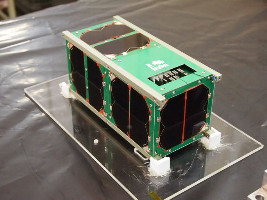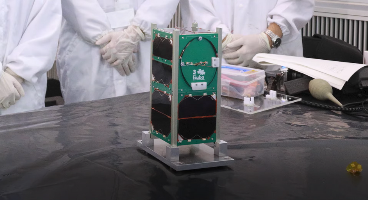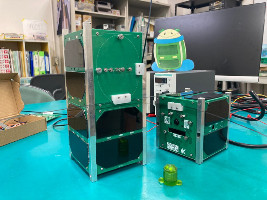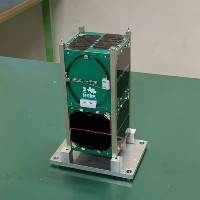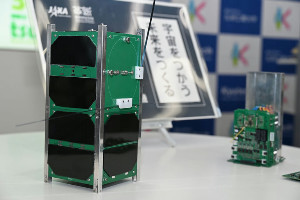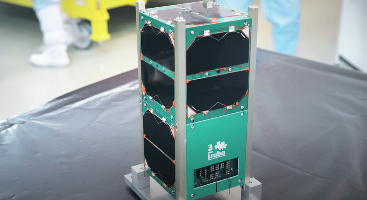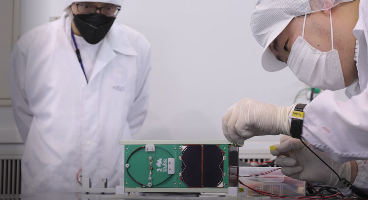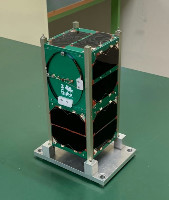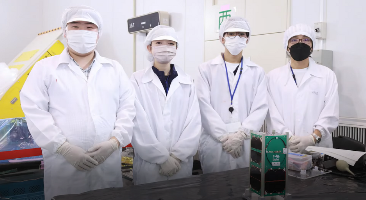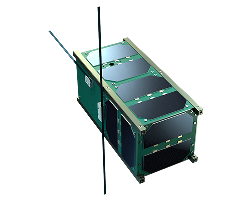| Spacecraft |
Mitsuba-1 (MITSUBA) |
| Type |
CubeSat |
| Units or mass |
2U |
| Status |
Launch failure |
| Launched |
2022-10-12 |
| NORAD ID |
Launch failure |
| Deployer |
E-SSOD (Epsilon Small Satellite Orbital Deployer) [JAXA] |
| Launcher |
Epsilon |
| Organisation |
Kyushu Institute of Technology |
| Institution |
University |
| Entity |
Academic / Education |
| Headquarters |
Japan |
| Oneliner |
Radio observation of amateur radio band in orbit by spectrum analyzer.
|
| Description |
List of missions supported by MITSUBA
- Radio observation of amateur radio band in orbit by spectrum analyzer. We observe the amateur radio band in orbit by using the spectrum analyzer. The purpose of this mission is to conduct on-orbit verification tests of commercially available equipment and preliminary tests for future band activity observations. We let the amateur radio operator know when and where we will carry out the mission before one week. We are considering HP, SNS, and mailing lists as means of contact. The amateur radio operator around the world who wants to join this mission applies for this opportunity.
- We assign each transmit frequency to each amateur radio person. There are five assigned transmitting frequencies. We send the uplink command for mission reservation. The mission payload can be turned on at the defined time. The participants transmit the CW to the satellite. The spectrum analyzer measures and records the frequency and strength with time. The measurement time is around 1 minute for each frequency. These data are stored in flash memory.
- After this mission, we do the downlink to get the mission data. We create the figures to illustrate the mission data. Also, we plan to return the CW message after getting the signal from the amateur radio operators if it is possible in terms of the technical aspect.
- Orbit verification of consumer semiconductor parts. This mission aims to verify the consumer semiconductor parts in orbit. We install the MOSFET on the mission board. This MOSFET is not for spacecraft but general equipment. The mission microcontroller records the characteristic change. After getting the mission data on the ground station, we compare it and the result on the ground testing. Then, we verify if this MOSFET can be used in the spacecraft. The cost to develop the spacecraft can be reduced by using this MOSFET instead of using the specified components. And we validity ground test method. From this validation, we can know the correct way how to test the electronic components.
All the above missions are envisioned to promote awareness of amateur radio communication and amateur satellites to the general public and students.
- Radio observation of amateur radio band in orbit by spectrum analyzer The amateur radio operator around the world can take part in this mission. Each participant can confirm each transmitted radio wave in the mission data. They can see how much radio wave power the satellite has received.
- Orbit verification of consumer semiconductor parts When the amateur radio operator develops the satellite, they can minimize the cost by using this MOSFET.
|
| Sources |
[1] |
| Photo sources |
[1] [2] [3] [4] [5] [6] [7] |
| On the same launch |
|
Last modified: 2023-12-27
